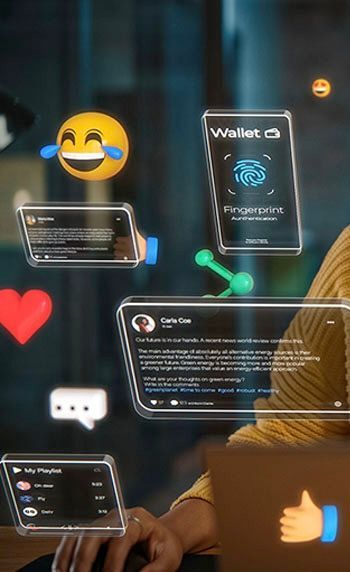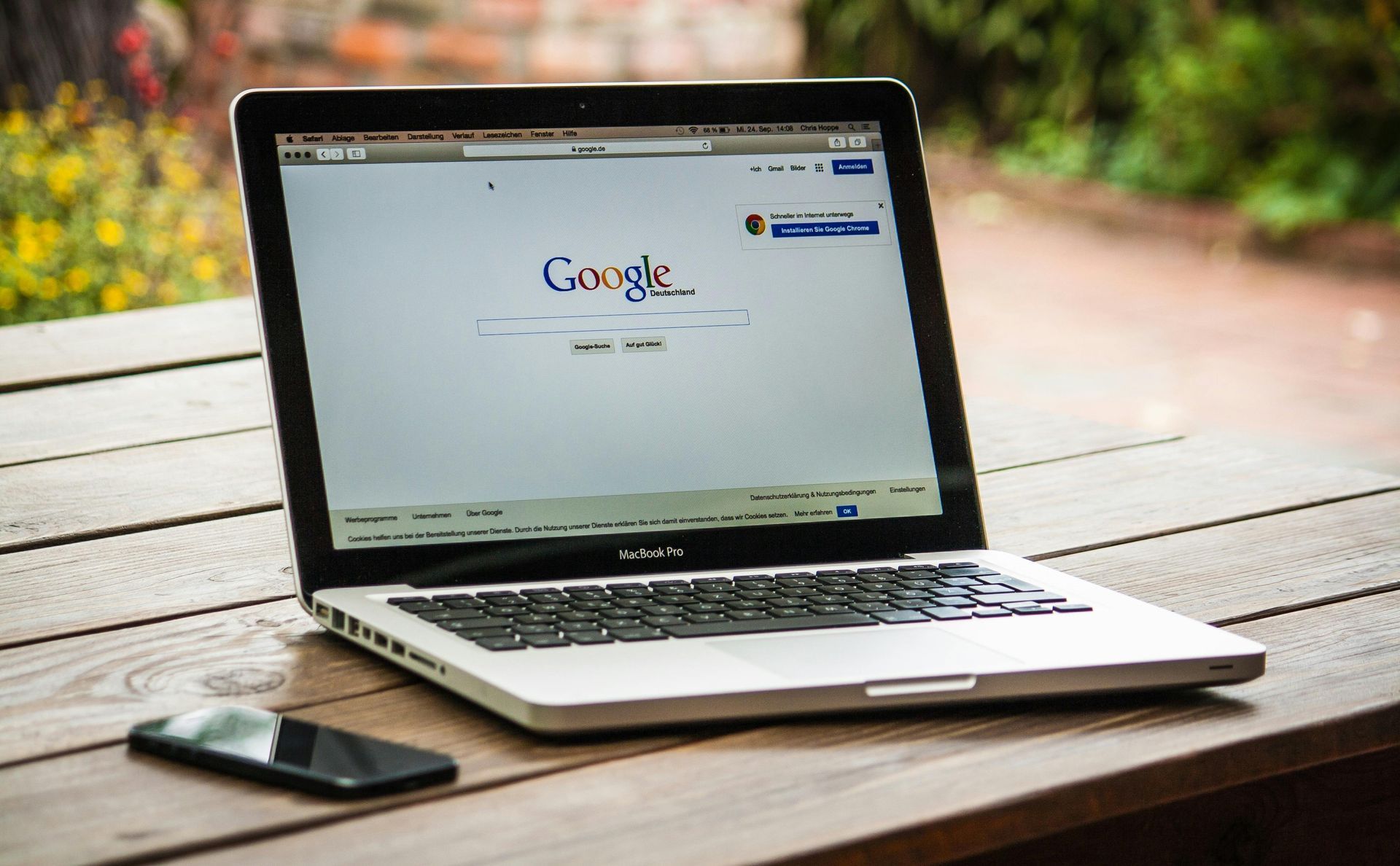Embracing the Green Wave: The Rise of Sustainability and Eco-friendly Marketing

Welcome to the era where being green isn't just for nature enthusiasts and eco-warriors—it’s a business imperative. The days when sustainability was a niche concern are long gone. Today, consumers are more environmentally conscious than ever and they expect the brands they support to share their values. Companies around the globe are swapping out plastic for biodegradable materials, just remember not to leave your paper straw in your drink too long... From building trust through transparency to creating engaging, fun campaigns that resonate with today’s eco-conscious consumers, we’ll dive into real-world examples that illustrate how going green can boost your brand. We’ll also look at how companies like IKEA and Seventh Generation are not only reducing their environmental footprints but also reaping the benefits of increased customer loyalty and cost savings.
The Green Awakening: Why Sustainability Matters
Remember when "going green" was more of a niche hobby for tree-huggers and hippies? Well, those days are long gone. Today, sustainability is a mainstream movement with profound implications for businesses across every sector. Consumers are more environmentally conscious than ever, and they expect the brands they support to share their values.
A study by IBM found that nearly 6 in 10 consumers are willing to change their shopping habits to reduce environmental impact . That’s a lot of people ready to swap out fast fashion for recycled threads or trade in their gas-guzzlers for electric vehicles. Ever heard of thrifting? Well that's a trend too. This shift has been coming on for quite some time know, between social media influencer, having google at your finger tips, and the news people will find information. With all this information consumers are able to find all the "good" a company does or all the "bad" its all about how you as a company want to see viewed as. No one wants to be associated with a "bad" brand. Consumers are increasingly aware that their purchasing decisions can drive change, and they’re looking for brands that are making a real difference.
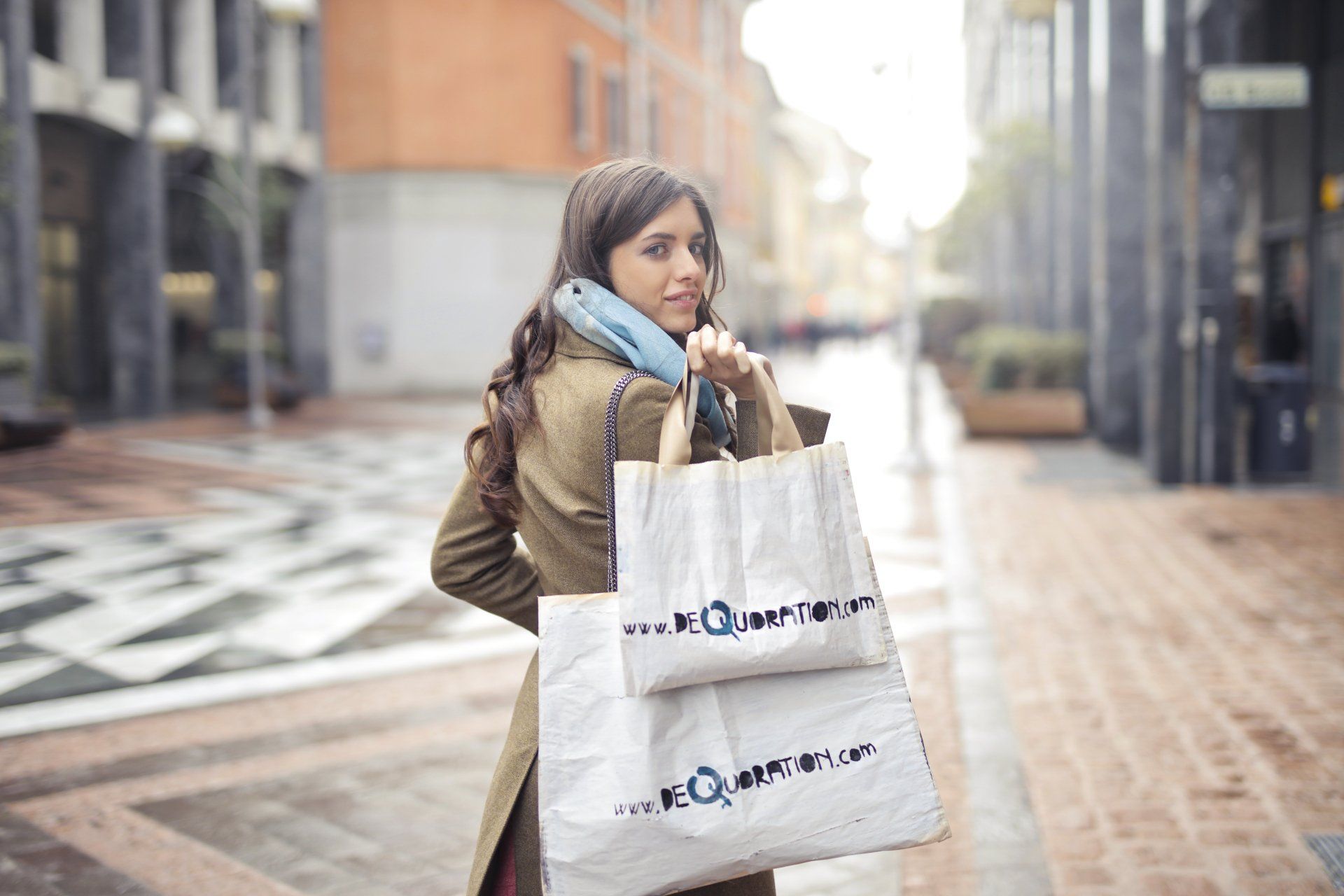
The Business Case for Going Green
Beyond just doing good for the planet, embracing sustainability is smart business. For instance, take a look at Patagonia, the outdoor clothing company that’s become synonymous with eco-friendly practices. Patagonia goes beyond just selling products; it champions environmental causes, donates a percentage of profits to green initiatives, and even encourages customers to buy less by promoting the repair and reuse of their products. They don’t just walk the walk—they hike it, swim it, and climb it too, making a significant impact in the industry. Additionally, Patagonia’s dedication to sustainability sets a positive example for other companies looking to make a difference and resonate with environmentally-conscious consumers.
Similarly, IKEA's "Better Cotton Initiative" is another stellar example of a company prioritizing sustainability and responsibility. The Swedish furniture giant has committed to sourcing all its cotton from sustainable sources, which not only helps reduce its environmental footprint but also ensures that the cotton used is of high quality and produced under fair labor conditions. By taking this approach, IKEA not only contributes to the protection of the environment but also meets the growing demand for ethically produced goods. This commitment to sustainability not only benefits the planet but also demonstrates to consumers that IKEA is a brand that cares about the well-being of both people and the environment.
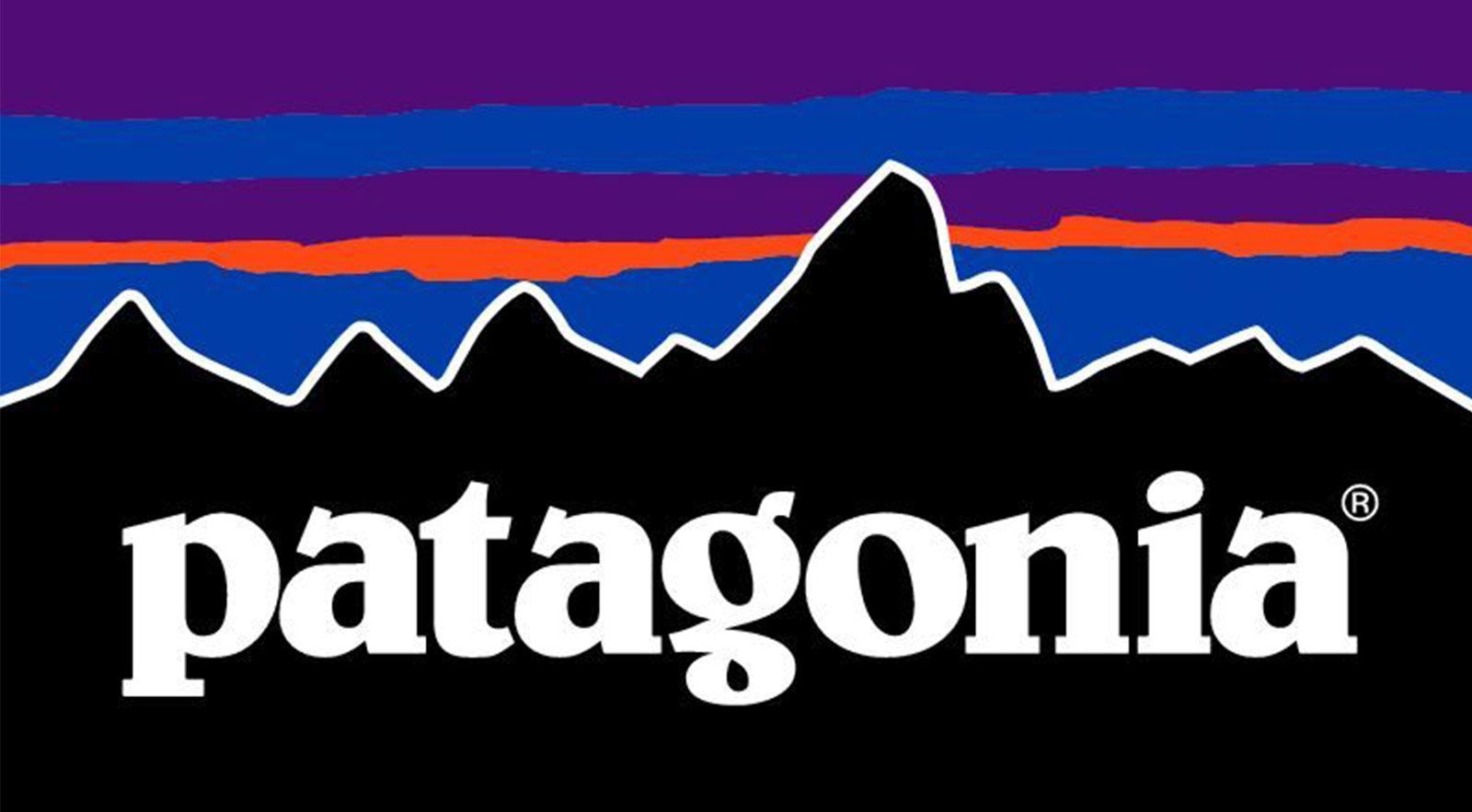
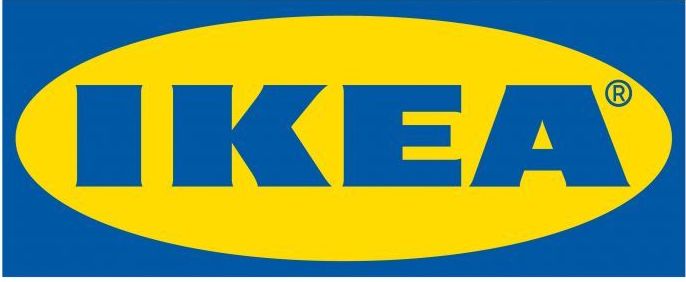
Transparency: The Key to Trust
Transparency is the cornerstone of effective green marketing. Consumers are increasingly skeptical of greenwashing—where companies claim to be eco-friendly without any real substance to back it up. To avoid this pitfall, brands need to be open about their sustainability efforts.
Take Patagonia again as an example. The company’s website provides detailed information about its supply chain, the materials it uses, and the environmental impact of its operations. This level of transparency not only builds trust but also empowers consumers to make informed decisions .
Unilever’s Dove brand has also made strides in this area. Their "Dove: Sustainable Beauty Campaign" includes an interactive online quiz that helps consumers understand the impact of their daily habits on the environment . The campaign not only educates users but also reinforces Dove’s commitment to sustainable beauty practices.
Moral of the story is don't try and lie about being sustainable, because as we mentioned earlier consumers have information at there finger tips and their able to find all the information you do and don't want them to find... It looks worse when you try to hide something, and once you lose that trust from the consumer its hard to get back.
Highlighting the Benefits: It’s Not Just About Being Green
It’s not enough to just be green; brands need to communicate why it matters. Highlighting the benefits of sustainable products, both for the planet and for consumers, is crucial. IKEA, for example, doesn’t just talk about how their "Better Cotton" is good for the environment; they also emphasize that it’s softer, more durable, and better for your skin . It’s like getting an eco-friendly hug every time you sit on your couch. No who wouldn't want that?!
Similarly, Seventh Generation, known for its eco-friendly cleaning products, frequently shares tips on reducing waste and conserving water on its social media channels . This not only educates consumers but also shows them how their choices can have a positive impact on the environment. This makes the consumer proud about the product their buying, and I don't know about you but I've never been proud of cleaning supplies before... Until just now.
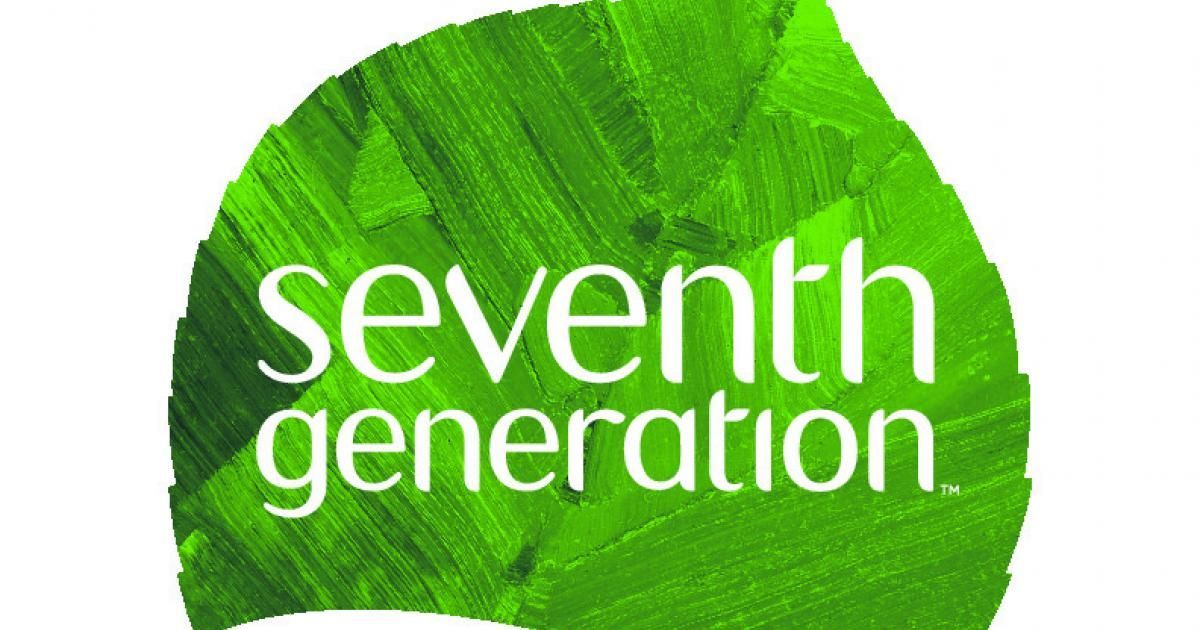
Engaging and Educating: Turning Customers into Advocates
Educating consumers about sustainability can turn them into advocates for your brand, creating a ripple effect of positive influence. Brands that actively engage their audience by providing valuable information and practical tips not only nurture loyalty but also play a crucial role in amplifying awareness of their green initiatives.
Take Starbucks, for instance - a prime example of integrating sustainability into their business strategy. Through initiatives like the "My Starbucks Rewards" program, which encourages customers to bring in reusable cups in exchange for points, not only does the company reduce waste but it also incentivizes customers to make eco-friendly choices. This approach not only bolsters brand loyalty but also cultivates a community of environmentally conscious individuals who champion sustainable practices. By seamlessly intertwining sustainability with customer experience, brands like Starbucks set a powerful precedent for how companies can promote sustainable living while connecting with their audience on a deeper level. Are you contemplating how your business can seamlessly combine environmental consciousness with savvy business practices? I certainly am.
Fun and Games: Making Sustainability Engaging
Who said saving the planet had to be boring? Brands are finding creative ways to engage customers with their sustainability initiatives.
As we mentioned earlier Unilever's Dove brand, for example, launched a campaign that included an online quiz helping consumers understand the impact of their daily habits on the environment . The quiz not only educated users but also promoted Dove’s commitment to sustainability. It’s like a pop quiz, but instead of worrying about passing, you get to feel good about your eco-friendly choices.
Adidas, on the other hand, has creatively engaged customers with its "Run for the Oceans" campaign. This initiative encourages participants to log their running miles through the Runtastic app, and in return, Adidas commits to cleaning up ocean plastic based on the total distance run. It’s a fantastic way to turn sustainable action into a community effort, making participants feel like they’re running for a cause bigger than themselves. Who knew saving the oceans could be as refreshing as a morning jog on a sandy beach?

The Future is Green: What’s Next?
As we look to the future, sustainability in marketing will continue to evolve. More brands will adopt circular economy models, focusing on recycling and reusing materials to reduce waste. For example, Seventh Generation is a leader in this area, consistently promoting products that use recycled materials and can be fully recycled after use. This means we might see fewer “new” products and more upcycled and repurposed goods .
Advances in technology will enable more efficient and sustainable production processes. Innovations like biodegradable packaging and renewable energy sources will become the norm. World Wildlife Fund’s report on sustainable technology highlights how these advances are already starting to reshape industries .
Finally, with growing consumer awareness, companies will be held to higher standards of accountability. Expect more transparency, third-party audits, and public reporting on sustainability efforts. Ethical Consumer predicts that as consumers become more informed, they will demand greater accountability from the brands they support. The best part is whether you are in the service industry or provide a product like hats, shirts or shoes you can find a multitude of ways to be environmentally friendly or supportive. It just takes a little creativity. Donate a portion to a cause, make your product more environmentally friendly or partner with a environmental friendly brand!
Wrapping it Up
Embracing sustainability isn’t just good for the planet—it’s good for business. By adopting eco-friendly practices and marketing them effectively, brands can build loyalty, save costs, and gain a competitive edge. So, whether you’re a small business owner or a marketing guru, it’s time to hop on the green bandwagon. After all, the future is green, and it’s coming faster than you can say “compostable packaging”!
In the wise words of Kermit the Frog: "It's not easy being green," but it sure is worth it.
IBM. (2022). "The Rise of the Sustainable Consumer." Retrieved from IBM Insights.
Patagonia. (2023). "Our Footprint." Retrieved from Patagonia.
IKEA. (2023). "Better Cotton Initiative." Retrieved from IKEA Sustainability.
Unilever. (2023). "Dove: Sustainable Beauty Campaign." Retrieved from Unilever Dove.
Seventh Generation. (2023). "Living Green Tips." Retrieved from Seventh Generation Blog.
Starbucks. (2023). "My Starbucks Rewards Program." Retrieved from Starbucks Rewards.
World Economic Forum. (2023). "Circular Economy: The Business Case." Retrieved from WEF Circular Economy.
World Wildlife Fund. (2023). "Sustainable Technology Innovations." Retrieved from WWF Sustainable Technology.
Ethical Consumer. (2023). "Corporate Accountability in Sustainability." Retrieved from Ethical Consumer.
Adidas. (2023). "Run for the Oceans." Retrieved from Adidas Official.
New Paragraph
